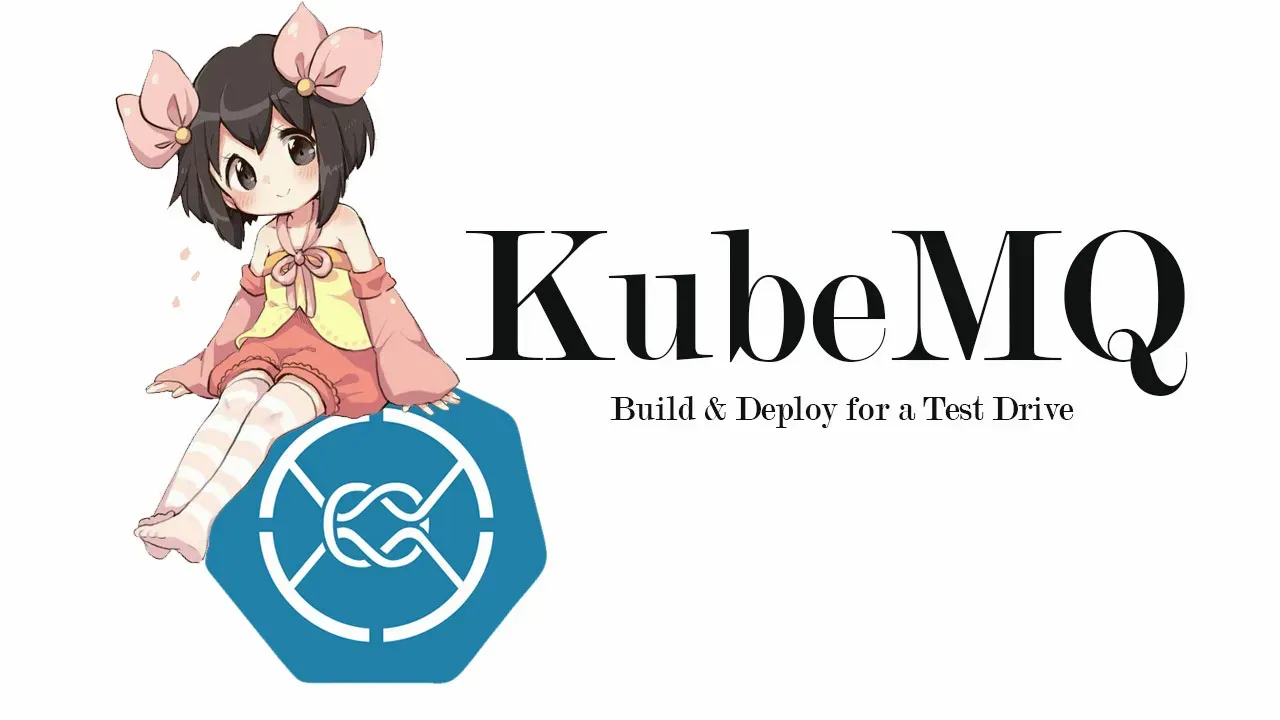Introduction
As a full-stack developer who often takes on DevOps and infrastructure responsibilities, the following happens all too frequently.
**Problem: **I need to set up a backend server for my app!
Solution: Google it!
Google result #1:
- How to set up <tech 1>, <tech 2>, and <tech 3> in just five minutes, for free!
- <skip the prereqs because who needs those, follow the instructions, hit an error>
Hmm, let’s try that again…
- <install all the prereqs, follow the instructions, hit another error>
Okay, maybe it’s just this article. Let’s try a different one.
Google result #2:
- Make your own <tech 2> and <tech 3> server using Docker and Kubernetes.
- <follow the instructions, hit an error>
Well…maybe the third time’s the charm?
Guess I’ll try again in the morning…
While every tool promises to be simple to set up and use, the reality is that setting up infrastructure can be complex and unforgiving without the necessary experience. As such, I tend to shy away from instructions that consist of long lists of command-line operations, as more often than not they don’t work for me.
I’ve recently been exploring KubeMQ, a Kubernetes-native message queue. They’ve recently released a new web-based configuration tool called Build and Deploy which promises to make infrastructure setup as simple as filling in a form.
In this article, I’ll cover what KubeMQ is, what Build and Deploy adds, and we’ll run through a test scenario with an API gateway and a Redis backend.
#infrastructure #devops #kubernetes #cicd
